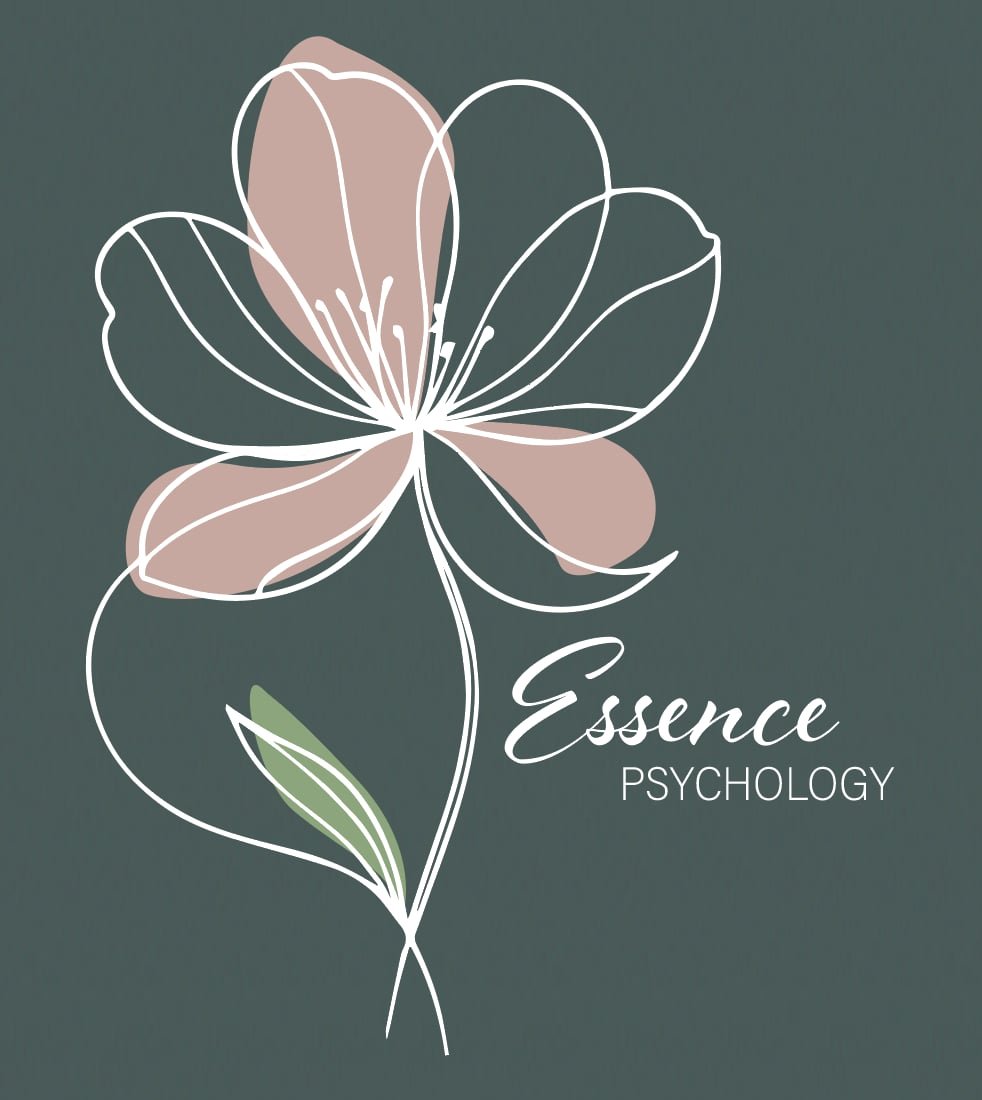Therapeutic Approach
I believe that a warm, safe environment and a good working relationship is key to a successful treatment. Everything we discuss during sessions is confidential. I pride myself on providing a safe space to explore, reflect and practice new behaviour. My therapeutic attitude is characterised by empathy, openness, honesty, curiosity and transparency. My experience is that each person is resilient and has the abilities in them to cope with the challenges of life, even if they might not know how to access it yet. Rather than me telling you what to do, I will stand next to you and together we will explore the different routes you can take until you decide which path suits you best. The goal of our sessions is to translate the things you learn during therapy to your daily life. In order to form more helpful habits, practice in between the sessions is just as important as the sessions themselves to generalise the new behaviour.
Types of Treatment
-
Cognitive behavioural therapy (CBT) is an evidence based form of therapy that teaches clients to identify and challenge unhelpful thoughts, feelings and behavioural patterns that contribute to their problems and replace them with more adaptive thoughts and coping skills to reach their goals. It is a problem-focused and action-oriented style of talk-therapy that teaches clients to use these skills on their own with less and less reliance on the therapist over time.
-
Dialectical behaviour therapy (DBT) is another form of talking therapy. In many ways it is similar to cognitive behavioural therapy (CBT), but it’s specifically tailored to people who experience very intense emotions and/or exhibit self-destructive behaviours. The main goals are to teach clients how to understand and accept difficult feelings, learn ways to regulate emotions, learn healthy ways to cope with stress, and how to improve their relationships with others.
-
Schema therapy is aimed to change negative beliefs someone might have about themselves, others and the world around them, beliefs which are referred to as schemas. These can result in poor emotional well-being, unhealthy behavioural patterns and can interfere with the maintenance of relationships. Most of these negative beliefs originate during childhood, when emotional and physical needs might not have been met. The goal of schema therapy is to fulfill these needs, help clients break the negative patterns of thinking, feeling and behaving, and to develop healthier alternatives to replace them with. This form of therapy has been shown to be effective in helping clients change long lasting patterns.
-
EMDR is a therapy for people who experience psychological difficulties as a result of traumatic events. EMDR is a relatively new form of therapy that is best known for treating post-traumatic stress disorder (PTSD), but its use is expanding to treating other mental health conditions. This form of treatment is very different from talking therapy. The method involves remembering the memory, while simultaneously doing a distracting task (often involving eye movements, but sounds or other stimulation can also be used). The goal is to reprocess what you experienced from the traumatic event, helping you to remember what happened to you without having to relive it, making the related feelings more manageable.
-
Acceptance and commitment therapy (ACT) is a form of therapy that helps clients accept the things they can’t control, instead committing to actions they can control to live a valued life. It encourages clients to accept their thoughts and feelings instead of fighting them or feeling guilty about them. ACT believes that feeling pain is part of being human and an inevitable part of life. People often want to control these unwanted painful experiences, which only increase stress and turn pain into suffering. By changing one’s relationship with these experiences and learning how to effectively cope with them, ACT aims to reduce the negative impact and the influence they have over one’s life.

